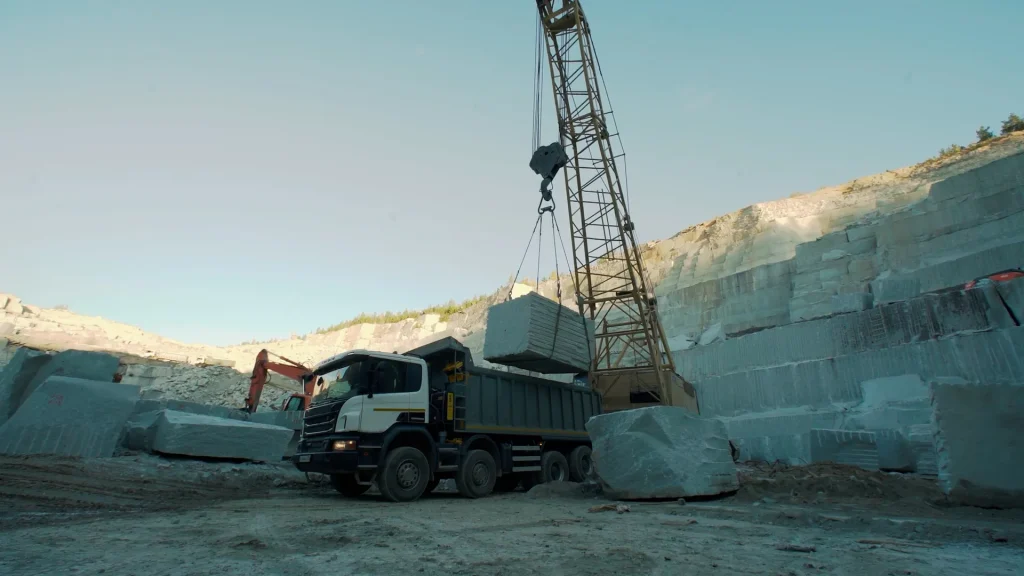The German bonder manufacturer Tresky GmbH swears by the rock from the earth’s core. “Granite is a deep rock, formed from magma within the earth’s crust, which enables high accuracy due to its material composition. We therefore offer a whole range of DIE bonders based on a pure granite chassis,” explains Daniel Schultze, managing owner of Tresky GmbH. Due to its specific properties, granite is the optimal material for the precision bonders Made in Germany. Thus, the DIE Bonder T-8000-G, with the granite gantry designed for highest accuracy, offers a large working area of 590 mm x 560 mm, in which, among other things, 12-inch wafers can also be processed. The bonding system therefore combines the placement accuracy of 2.5 μm @ 3 sigma with versatility and speed.
The low coefficient of thermal expansion and the very good vibration-damping properties of granite were the very reasons why Schultze and his development team chose the natural material as the chassis base. “This enables high precision in the micro range, which is very important especially for our international customers. Because due to the use of granite, our DIE Bonders also work with high precision in warm, subtropical regions and non-air-conditioned production centres,” Schultze continues.
Due to its low thermal conductivity and higher heat capacity, granite reacts much more sluggishly to temperature changes than metallic materials, such as a machine chassis made of steel or aluminium. Temperature differences, especially when they occur for a short time, as in a soldering process that can be carried out inside the DIE Bonder, lead to permanent geometry changes in steel and grey cast iron. Vibration damping was also a decisive criteria, because even if the DIE Bonders travel at low speeds in X and Y, the high precision requirements in the semiconductor industry mean that unnecessary natural and external vibrations should be avoided. So there is a lot to be said for granite being the optimal material for Tresky GmbH’s precision machines.
Alternatively, concrete-based, high-strength concepts were also available for selection during the development phase of the DIE Bonder. Even though the UHPC concrete (Ultra High Performance Concrete) used here is becoming increasingly important in mechanical engineering, it fell off the grid for Tresky in terms of manufacturing. “Basically, with mineral casting, a new mould has to be created for each casting, which makes the manufacturing process very time-consuming. The subsequent machining of the material is also not easy due to our precision requirements. This leaves only granite as a material. We import it and have it manually processed and polished to such an extent that it meets our specifications and guarantees precision in production on the end customer’s side,” Schultze explains the manufacturing process.
Furthermore, the energy and CO2 balance of granite is also positive compared to concrete and steel, as the extraction of the granite blocks in the quarry, including transport, causes less energy expenditure than the production of steel and concrete. “Granite is therefore very important to us and we will continue to develop further machines based on this natural material in the future. So we can justifiably claim that a rock from the earth’s interior is responsible for the accuracy and functionality of digital systems in our modern times,” says Schultze.
